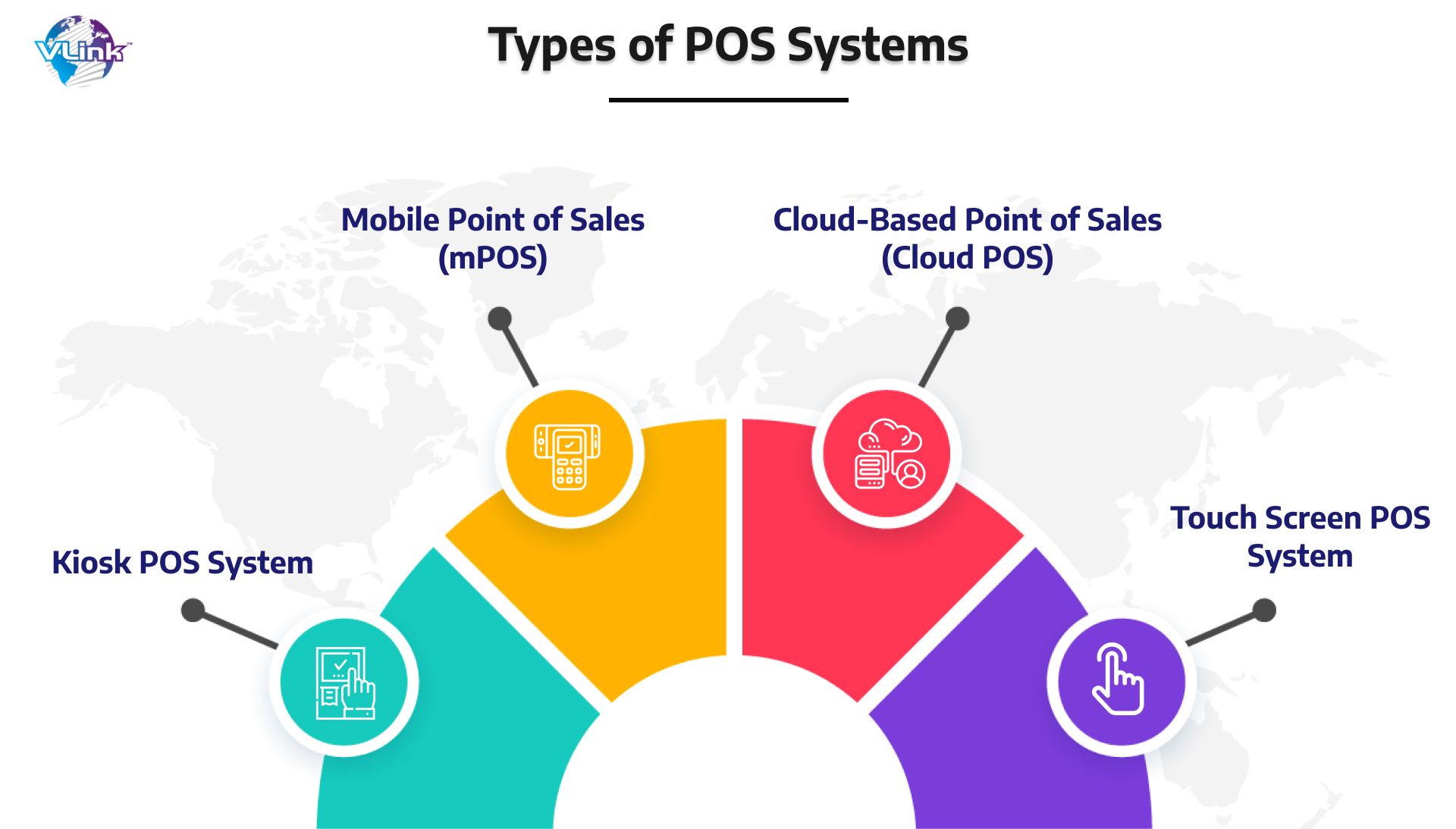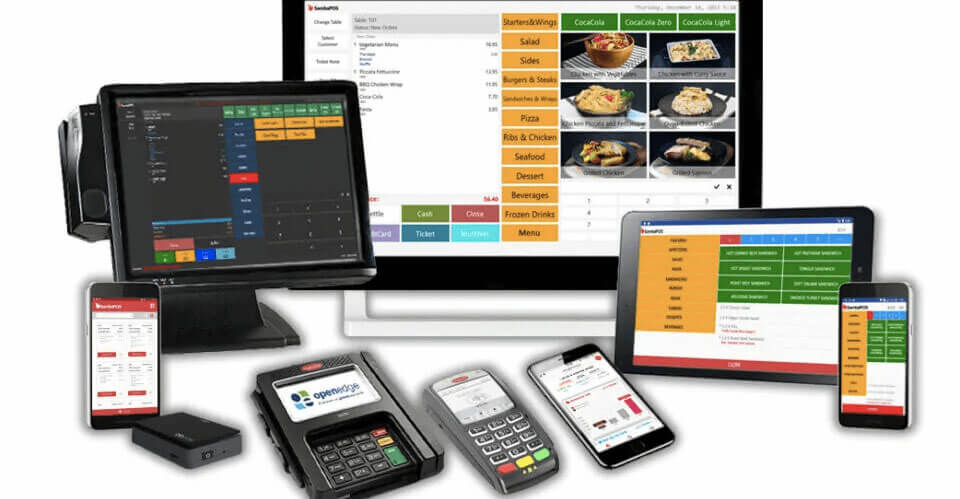How POS System Works: A Comprehensive Guide for Entrepreneur

Understanding the Parts of a POS System

Just How Sales Deals Are Refined
When a client decides to buy, the sales purchase starts a series of methodical steps within the POS system. First, the cashier inputs the items being acquired, which are checked through a barcode reader or manually entered. This action recovers product information, including prices and relevant tax obligations, from the system's database.Next, the customer is presented with the overall quantity due. The POS system after that processes the repayment, whether with money, charge card, or mobile repayment techniques (Restaurant POS Software). For electronic settlements, the POS safely communicates with settlement cpus to license and validate the transaction.Once the payment is verified, the system produces an invoice, which can be published or sent digitally. This invoice acts as receipt for the client. Finally, the purchase information is recorded in the system, ensuring accurate sales documents and economic monitoring for business
Stock Administration and Monitoring

Effective supply monitoring and tracking are crucial components of a POS system, as they guarantee that businesses preserve perfect stock levels and decrease discrepancies. A robust POS system enables real-time inventory updates, showing sales and returns immediately. This makes it possible for company owner to check stock levels precisely, ensuring that prominent things are easily available while protecting against overstocking of much less popular products.Additionally, advanced POS systems use attributes such as automated stock informs and reorder suggestions, improving the purchase procedure. Barcoding and RFID technology enhance precision in tracking inventory motion, lowering human error. Considerable coverage tools offer understandings into supply turn over prices, helping organizations make notified decisions regarding buying and item offerings. Ultimately, effective stock administration through a POS system not only enhances functional effectiveness but additionally enhances customer satisfaction by making sure item schedule.
Examining Consumer Information and Insights
Client information evaluation functions as a powerful tool for businesses making use of a POS system (Restaurant POS Software). By checking out and gathering transaction data, businesses can discover useful insights regarding customer actions and preferences. This analysis allows them to identify buying trends, peak purchasing times, and prominent products, therefore notifying stock choices and advertising and marketing strategies.Additionally, services can section their customer base, permitting individualized advertising efforts that accommodate particular demographics or buying routines. Comprehending client loyalty patterns likewise helps in establishing targeted promotions and benefits programs.The data obtained from a POS system can also expose insights into consumer feedback, allowing businesses to make educated choices concerning item offerings and solution improvements. Eventually, leveraging consumer information efficiently can boost the overall purchasing experience, foster customer complete satisfaction, and drive revenue development
Benefits of Executing a POS System

Frequently Asked Concerns
What Types of Companies Can Take Advantage Of a POS System?
Various companies take advantage of a POS system, including retailers, dining establishments, beauty parlors, and ecommerce systems. These systems streamline deals, stock administration, and consumer information, improving operational efficiency and improving client experience throughout diverse industries.
Just how Much Does a POS System Generally Expense?
The expense of a POS system usually ranges from a few hundred to a number of thousand dollars, depending upon functions, hardware, and software. Organizations have to think about website continuous charges for support, upkeep, and transaction handling when budgeting.
Can I Incorporate a POS System With Existing Software Application?
Incorporating a POS system with existing software program is usually viable. Several systems use APIs or integrated compatibility functions, enabling services to enhance operations and enhance functionality by connecting various software applications properly.
What Training Is Needed for Staff to Utilize a POS System?
Educating for staff to make use of a POS system usually includes understanding software application performances, processing purchases, managing supply, and taking care of consumer interactions. Practical presentations and hands-on practice enhance effectiveness and self-confidence in operation the system efficiently.
What Takes place if the Net Goes Down While Utilizing a POS System?
If the internet goes down during POS system usage, purchases may be disrupted. Several systems provide offline abilities, permitting basic operations to proceed, yet full performance, consisting of real-time supply updates, will be restricted. A Point of Sale (POS) system is made up of numerous crucial components that work together to promote transactions and manage company procedures. Efficient stock management and more info monitoring are crucial parts of a POS system, as they ensure that services maintain optimal supply degrees and reduce disparities. Client information evaluation offers as an effective tool for organizations using a POS system. Comprehending client commitment patterns likewise assists in developing targeted incentives and promotions programs.The information obtained from a POS system can additionally reveal insights right into consumer comments, making it possible for businesses to make educated decisions relating to item offerings and solution enhancements. Executing a POS system supplies various benefits that can greatly boost business operations.